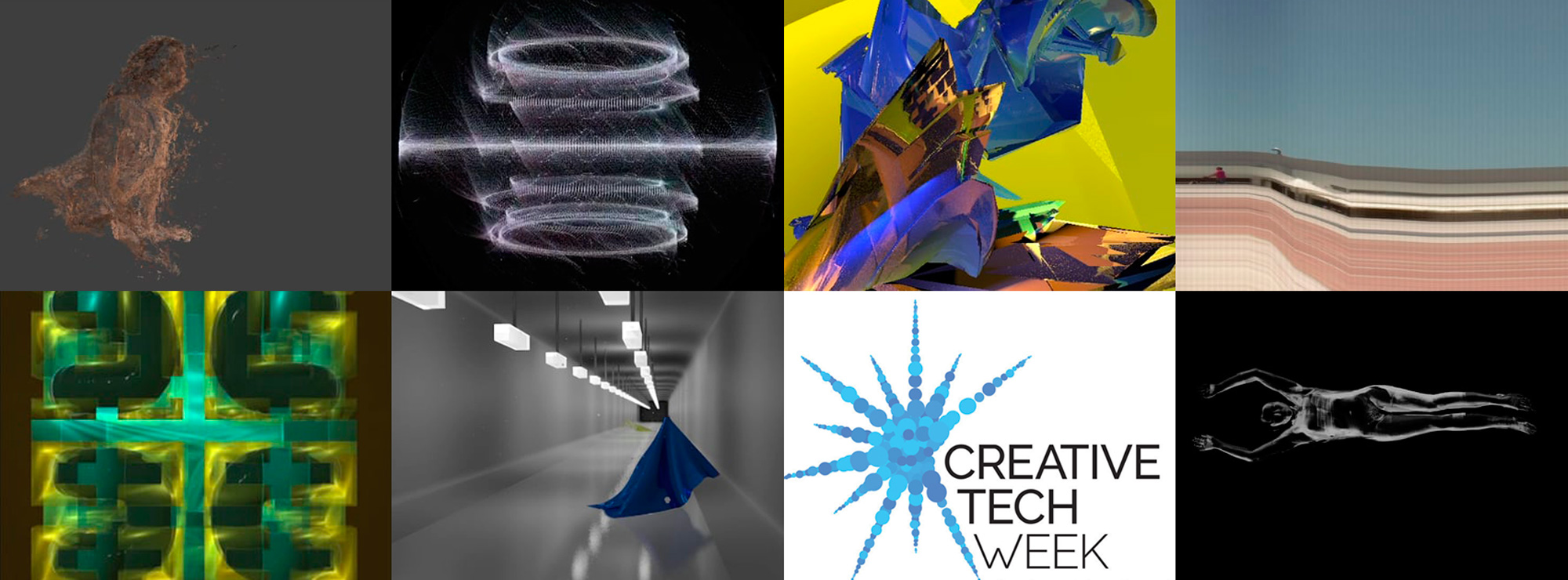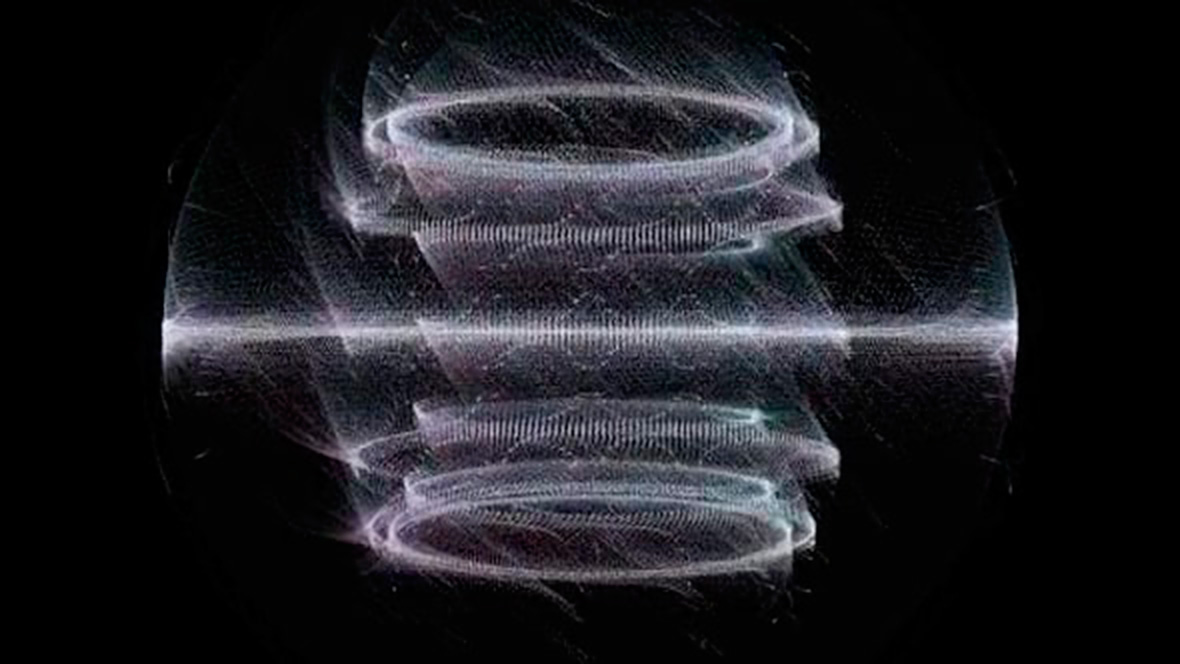













Future Artifact
May 2016
Dose Projects is pleased to present Future Artifact, an exhibition of screen-based digital media artworks in conjunction with Creative Tech Week. The exhibition, curated by artist Laura Splan, features the work of thirteen artists selected from an international open call. The videos and animations represent a variety of technologies which contemporary artists are using including computer-generated animation, data-driven imaging, 3D scanning, custom software, animated GIF's, as well as conventional digital video editing. Together the selected artworks evoke the digital sublime whether it is through their meditative temporal pacing or their elegantly rendered effects. However, each nurtures a sense of anticipation with a restrained use of image, narrative and form.
Work Statements
Julia Buntaine — January in the Frontal Lobe is a series of digital drawings that represent the plastic processes of learning and memory. With 31 drawings in total, this piece is a snapshot into the month of the life of the brain. The first drawing is based directly on a brain cross-section generated by the Seung Lab at MIT. Each subsequent drawing is then based on the previous one.
Corsin Billeter — iMovie 1 is built exclusively from pre-installed components in iMovie – backgrounds, transitions and effects – that positions itself between constructivist visual language and the aesthetics of non-professional end-user products.
Danielle Ezzo & Anton Marini — The Two Body Problem examines where imaging technology and the human form meet. Photogrammetry and video are used to create a virtual union between lovers, all the while, realizing that technology both facilitates connection while mediating it.
Snow Yunxue Fu — Geo engages in a Kantian quest to capture the experience of the sublime through the limited means of human consciousness. It is a question that transcends cultural boundaries and one that opens onto fundamental inquiries into the nature of human existence: who are we and what is our significance in the material cosmos?
Bang Geul Han — At a Safe Distance was generated by software made with Unity3D driven by open source datasets: New York City weather data, S&P 500 index, human casualties from US-led drone strikes. The piece explores the entangled ambiguities and contradictions of data monitoring technologies as something both increasingly mundane and ubiquitous and also something dark and opaque.
Sophie Barrett-Kahn — Fluid Body is a computer simulation of the interaction between materials and elements in conjunction with a self portrait. Kahn used a 3D scan of her body and applied programming code to the data to simulate floating fabric with her image on it. The 3D animation addresses the resonance of death in the still image and the collisions of perceptions that arise when combining images of the body with high tech imaging technology.
Ullrich Klose — Columns is a digital animation of a twisting and deforming column that transforms in the animation to an unreal glitching moving object. Using methods in a way similar to the cubism, a digital abstract object space is created out of a “classical” concrete shape.
Christopher MacInnes — The Slippery Concept of the Future was created with high-end computer hardware and power hungry server-clusters. The computer-based imagery is alienated from its means of production: you can’t see the nuts and bolts of its construction hidden beneath its surface. In a similar way our conceptions of the future, shaped by the physical actualities of the present are also trapped between a state of perpetually becoming real and a state of perpetually failing to materialize in the way we conceive them.
James Proctor — Orbital, Eclipse, and Tendrils are the result of a system of software rules written in the open source Processing programming language. Each computer generated animation was created by a unique set of instructions designed to produce unexpected visual outcomes.
[ZIP Download–open source code]
Nathan Selikoff — Double Pendulum Trace is a real-time computer generated animation, created with Processing. The animation traces out the path of a double pendulum with lyrical, calligraphic lines. Selikoff interrogates the visual expressions of mathematical systems, especially those with simple rules that produce complex behavior. This double pendulum exhibits chaotic behavior, or "sensitive dependence upon initial conditions."
Laura Skocek — Citizens presents temporal and spatial structures around arriving people and playing children dissolved using a digital slit scan technique (reconstructed with After Effects). The look of the city can be guessed during a brief moment when the temporal axis is shifting and one catches a brief glimpse of one of the buildings. It hints at the ambiguity that these people deal with. The scene is situated in a non-defined city haven.
